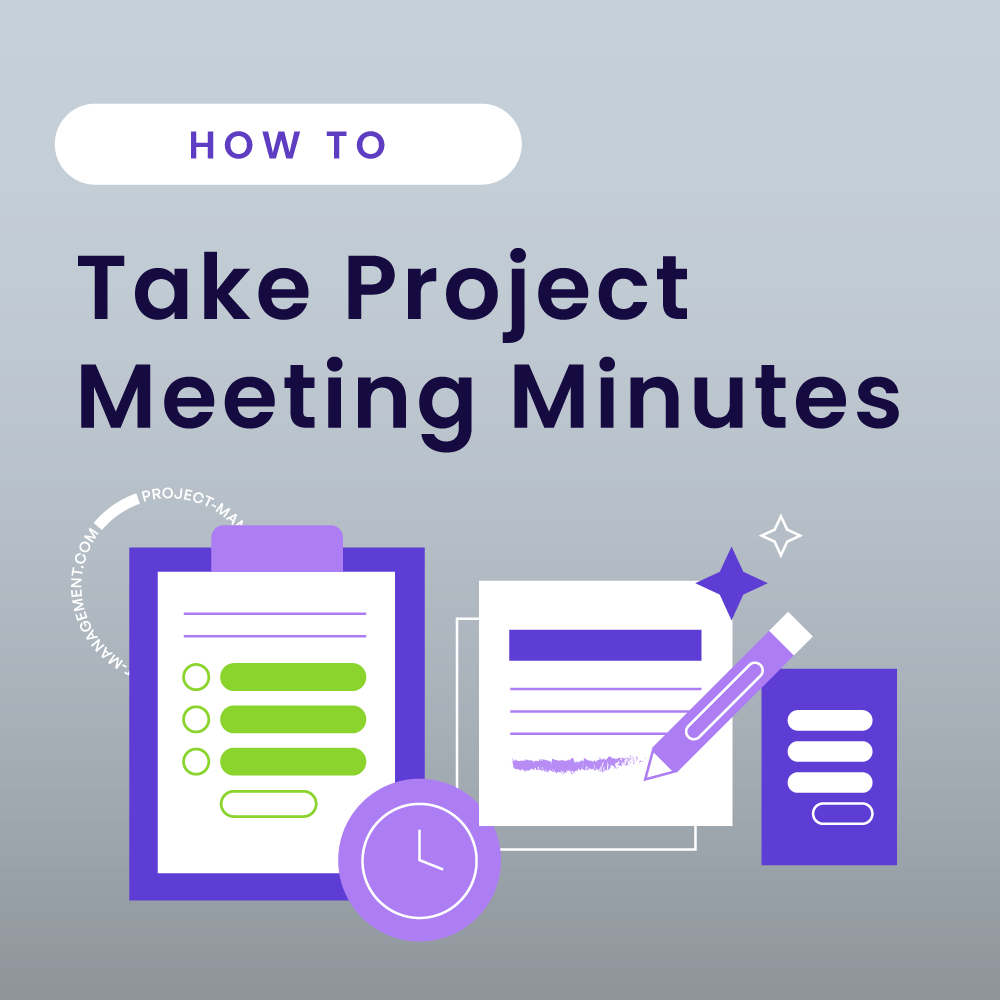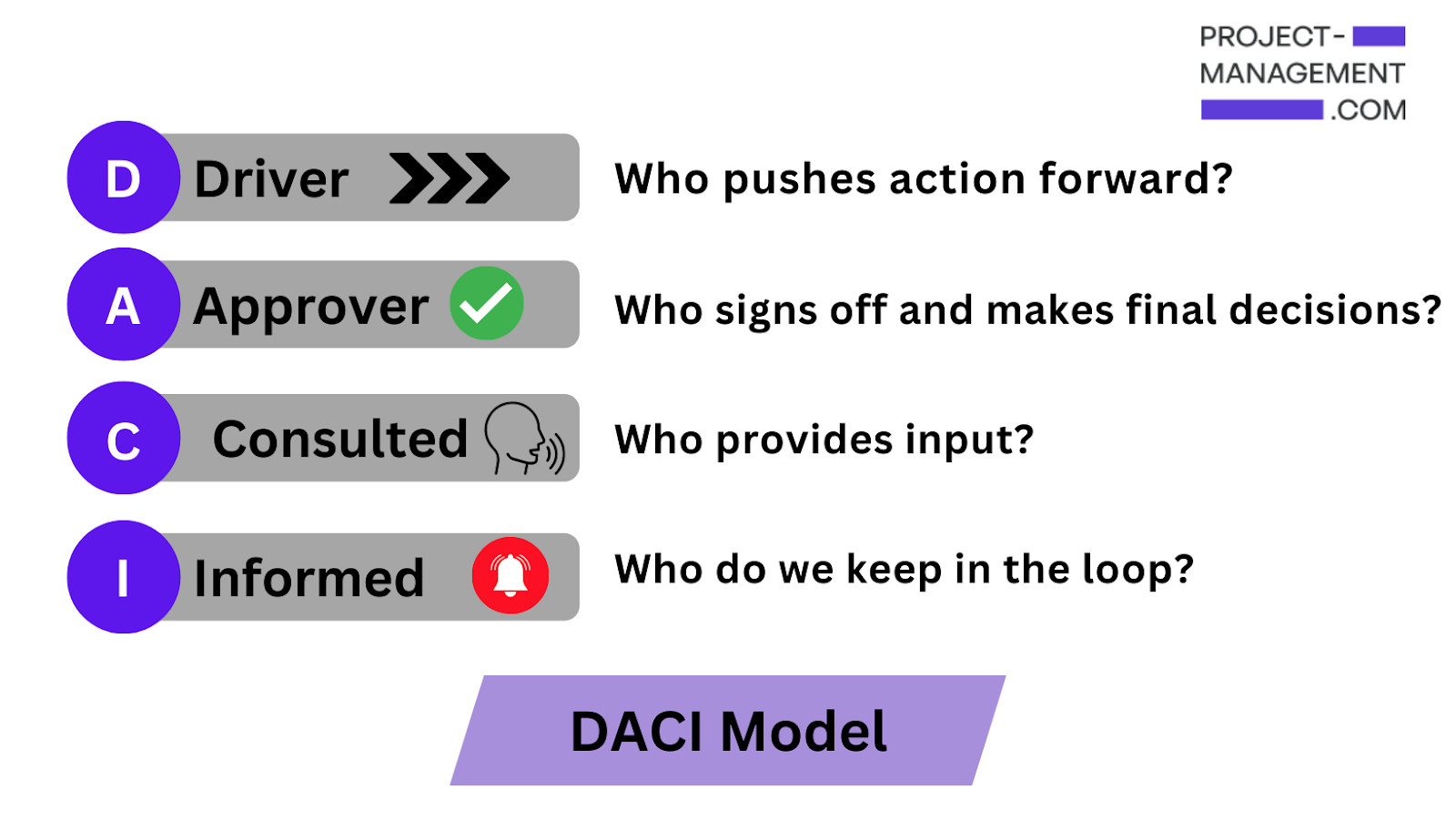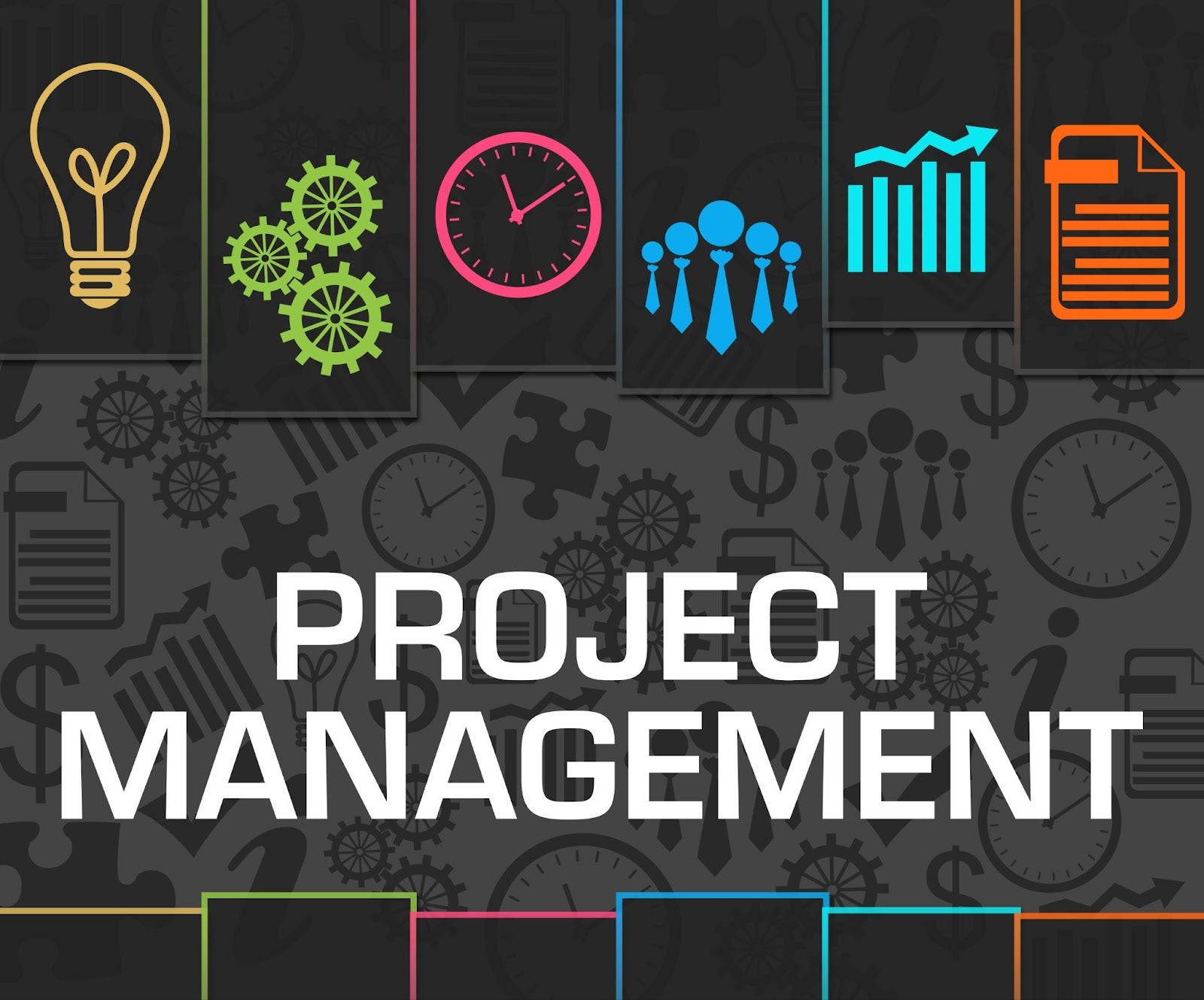A project proposal is a document created by a contractor or organization in response to another organization’s Request for Proposal (RFP) to complete work on a specific project. A project proposal is a bid to win the RFP, and perform the work detailed in the RFP. The primary ingredient for a well-written project proposal is keen attention to detail. Knowing the project scope, defining when the project is completed, and thorough resource planning are all critical ingredients of an effective proposal.
If any one of these critical areas are ill-defined, it can mean not getting the project. This article will show you how to write a project proposal successfully.
Critical Components of a Project Proposal
The project proposal should not contain any extraneous sentences; every paragraph must be tied to an objective, goal, or requirement listed in the RFP.
Two components that must be especially accurate are the executive summary and the scope of the project. If these two components are misstated in any way, the proposal will most likely be set to the side and not considered.
Another project-specific component: the proposal must clearly state is what constitutes the project being completed. Can the requirements and objectives be met to complete the project?
For example, if the RFP states a server needs to operate at the high availability (HA) level, the proposal writer will need to clearly understand what HA means, and what type of server meets this standard. A conventional server‘s online availability is totally different from a continuous availability server — therefore a valid question to send back to the RFP organization is how many minutes or hours can the server be down for a year. As you can see, understanding technical terms and requirements is a must to develop a competitive project proposal.
Read more: Agile Project Management Methodology & Principles
Project Proposal Format
Details are paramount when developing a project proposal. Answered questions are required to capture and understand the full requirements, objectives, and goals to derive a project completion point. Once determined, these objectives, goals, and requirements are bulleted in easy-to-digest phrases or sentences. From there, a succinct executive summary paragraph can be created that captures the intent of the project proposal.
To assist an organization in consistently drafting quality project proposal documents, project management software platforms often offer project proposal templates — such as this one from monday.com. These software applications offer project dashboards, collaboration tools, project scope modules, and resource allocation features, all of which help an organization draft quality proposals. Each project proposal tool offers different features, so each organization needs to find the best package to meet its organizational needs.
In general, you can follow these steps for a consistent project proposal development process:
- Identify the purpose of the project and what conditions determine project completion.
- Identify the goals, objectives, and scope of the project.
- Use words from the objective and goals statement to develop an executive summary.
- Develop the project timeline, required resources, resource schedule, and a budget.
- Explain the processes and procedures utilized to complete the project.
- Draft the project proposal with subject matter expert (SME) input.
- Continuously communicate with the client organization and report progress to stakeholders throughout this process.
Creating an Executive Summary
Using words that define the goals, objectives, and requirements from the RFP, create a salient, succinct (55 words or less) executive statement. From this point, the rest of the written project proposal needs to tie back to accomplishing some aspect of the executive summary.
As the necessary resources are identified, build the resource schedule with start and end dates. Note that the resource quantities and timeline should be associated back to an actionable item in the executive summary. Include in your schedule enough time for the customer to perform an operational check on the completed project.
Read More: What is Project Management? Definition, Types & Examples
Drafting the Perfect Project Proposal
The research, answered questions, executive summary, and resource schedule are all critical ingredients needed to develop a competitive project proposal. Good project proposals need to stand out with concise and relevant information. Using project management software can show you how to write a project proposal with a repeatable methodology. This facilitates identifying sentences or paragraphs requiring rework and consensus among the stakeholders. Following a documented project proposal process ensures no step is skipped, earlier work is reviewed, and the proposal ultimately makes the best impression.
Read next: Types of Risk in Project Management





